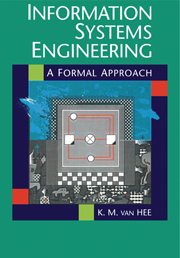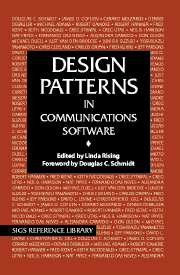Information Systems Engineering
Engineers and scientists need powerful formalisms to make conceptual models of systems in order to analyse and design them. These models can be used to verify the behaviour of the systems, or as an executable specification of them. In this textbook, Professor van Hee concentrates on discrete dynamic systems, e.g. computer hardware, and information and logistical systems. He develops an integrated formalism which can be used as a prototyping language. It has three components: Petri nets, extended with time, token values and hierarchy; a specification language that is a subset of Z; and a binary data model, extended with complex objects. Much attention is paid to methods for constructing models of systems and analysing their behaviour, i.e. putting the theory into practice. The text is designed for use by advanced undergraduate and beginning graduate students, in computer science, electrical and industrial engineering, or applied mathematics; indeed, it is based on courses taught by the author in Holland and Canada. However, its contemporary flavour will mean it also has appeal to professionals or researchers in these areas.
Reviews & endorsements
"...an excellent resource." Choice
"...A coherent and compact presentation make this book a good academic manual. Its value is due to the many exercises attached to the end of each part...accessible not only for students, but also for engineers who want to intensify their knowledge about sustems engineering and understand the theoretical background of new sustem modelling methods...I recommend it..." R. Sobczak, The Computer Journal
Product details
December 2009Paperback
9780521110648
436 pages
244 × 170 × 22 mm
0.69kg
Available
Table of Contents
- Preface
- Part I. System Concepts
- Part II. Frameworks
- Part III. Modelling Methods
- Part IV. Analysis Methods
- Part V. Specification Language
- Glossary
- Appendices
- Bibliography
- Index.







